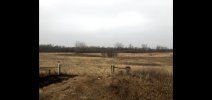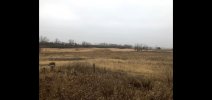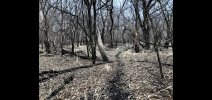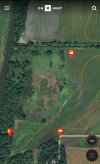How would you go about improving this property? Red area is where deer bed (lots of does and small bucks). Blue is currently food plots, but don't get a ton of use. Thinking of creating openings in yellow area. Access is from road in SE corner. Open area to east is tall grass/weeds
Deer will go out the north and northeast part of property at night to big ag fields. Will also head south to more ag and more wildlife property. Would like to attract and keep more deer on the property instead of property a mile to the south which is loaded all year round.
Would you clean up a large portion of down trees or Do these down/dead trees help with cover? Should I Open up some areas? Possibly plant some plots? Thinking of brush hogging some trails that wander from N to S through trees. Very little browse or grass growing in the trees.
Note, the property does flood each spring so that has its issues.
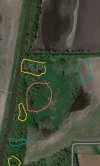
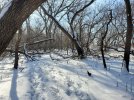

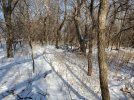

Deer will go out the north and northeast part of property at night to big ag fields. Will also head south to more ag and more wildlife property. Would like to attract and keep more deer on the property instead of property a mile to the south which is loaded all year round.
Would you clean up a large portion of down trees or Do these down/dead trees help with cover? Should I Open up some areas? Possibly plant some plots? Thinking of brush hogging some trails that wander from N to S through trees. Very little browse or grass growing in the trees.
Note, the property does flood each spring so that has its issues.





Last edited:


